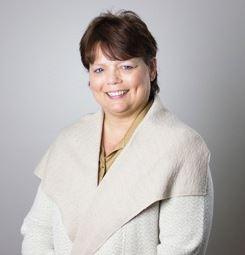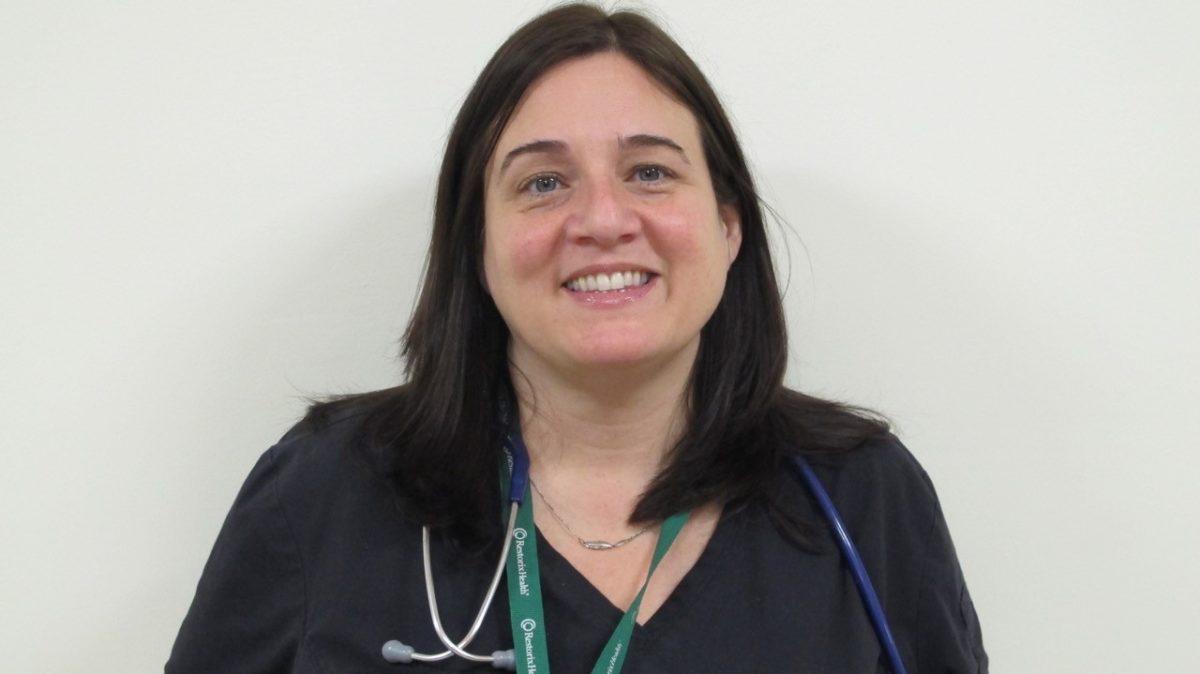Treating of chronic, nonhealing wounds has a history that dates back to ancient Greece, according to "The History of Wound Care," published in 2011 in The Journal of the American College of Certified Wound Specialists. With an aging population and more Americans living with diabetes and its related complications, hospitals are opening wound care centers to provide a specialized, interdisciplinary approach to healing such wounds. [caption id="attachment_45625" align="alignleft" width="245"] Kimberly Strickler, RN[/caption] "What has been a driving force is we have to match [care to] the changing needs we see in our community," said Kimberly Strickler, RN, nursing supervisor at Memorial Wound Care, a service of Memorial Hospital, which is part of Memorial Health system in Marysville, Ohio. The wound care center opened in November. Strickler said every 19 seconds someone in the United States is diagnosed with diabetes, and with that disease comes difficult-to-heal diabetic ulcers. She and center physicians expect to treat many patients with such ulcers and vascular insufficiency wounds. However, the center will care for patients with any wound, including acute traumatic wounds. The World Health Organization reports between 5 million and 7 million people in North America experience chronic or complex wounds annually. A study published in Wounds in 2012 found that about 66% of patients treated at hospital-based outpatient wound care centers had wounds heal. These centers often use advanced therapies, such as negative pressure and hyperbaric oxygen. Crestwood Medical Center in Huntsville, Ala., opened the Crestwood Wound Care & Hyperbaric Medicine Center in 2014, contracting with Healogics, a network of 800 centers based in Jacksonville, Fla. Most of Crestwood's patients, about 75%, are age 65 or older, but the center does treat children and younger adults with chronic wounds that have not closed within 30 days. Patients can self-refer, according to Lisa Smith, BSN, RN, program director at Crestwood. [caption id="attachment_45446" align="alignright" width="300"]
Kimberly Strickler, RN[/caption] "What has been a driving force is we have to match [care to] the changing needs we see in our community," said Kimberly Strickler, RN, nursing supervisor at Memorial Wound Care, a service of Memorial Hospital, which is part of Memorial Health system in Marysville, Ohio. The wound care center opened in November. Strickler said every 19 seconds someone in the United States is diagnosed with diabetes, and with that disease comes difficult-to-heal diabetic ulcers. She and center physicians expect to treat many patients with such ulcers and vascular insufficiency wounds. However, the center will care for patients with any wound, including acute traumatic wounds. The World Health Organization reports between 5 million and 7 million people in North America experience chronic or complex wounds annually. A study published in Wounds in 2012 found that about 66% of patients treated at hospital-based outpatient wound care centers had wounds heal. These centers often use advanced therapies, such as negative pressure and hyperbaric oxygen. Crestwood Medical Center in Huntsville, Ala., opened the Crestwood Wound Care & Hyperbaric Medicine Center in 2014, contracting with Healogics, a network of 800 centers based in Jacksonville, Fla. Most of Crestwood's patients, about 75%, are age 65 or older, but the center does treat children and younger adults with chronic wounds that have not closed within 30 days. Patients can self-refer, according to Lisa Smith, BSN, RN, program director at Crestwood. [caption id="attachment_45446" align="alignright" width="300"] MJ Ascone, RN[/caption] The Robert Wood Johnson University Hospital opened the Center for Wound Healing in Somerville, N.J., to meet the needs of a community with a variety of slow-healing wounds, said Marjorie (MJ) Ascone, RN, program director of the center.
MJ Ascone, RN[/caption] The Robert Wood Johnson University Hospital opened the Center for Wound Healing in Somerville, N.J., to meet the needs of a community with a variety of slow-healing wounds, said Marjorie (MJ) Ascone, RN, program director of the center.
Specialized care
Wound care centers often bring together clinicians from different disciplines and specialties to deal with factors contributing to a slow-healing wound. At Memorial, an intake nurse removes the patient's dressing at each visit and prepares the person to see the physician. A physician and RN case manager meet with every patient weekly. The physician completes an assessment and typically debrides the wound. Another nurse puts a new dressing on and provides patient education. "If you don't do education, you will have a repeat of the wound," Strickler said. "You have to take care of the underlying problem." The case manager keeps in contact with the patient to overcome any barriers to healing. The physician and nurse remain the same at each visit. At Crestwood, the team evaluates all aspects of the person's health, their venous and arterial status and whether they have neuropathy. The wound team will order vascular studies and refer as needed to a vein center or cardiologist. They may coordinate with a primary care provider for a nutritional consult. Crestwood patients are assessed and treated weekly by a wound care physician and, typically, receive a debridement. "It freshens the wound up," Smith said. "The body thinks it's new again. Therefore everything gets stimulated, and [the debridement] puts [the wound] back in the first stage of healing." Patients with a foot wound may be placed in a special shoe or on a knee scooter to offload the pressure. Nurses at Crestwood instruct patients to wear white socks, which will show any drainage, and teach patients how to examine their feet daily. Ascone said she considers communication and education key to successful self-management. They may include identifying community resources and frequent follow-up. At the Robert Wood Johnson center, patients also see specialists on the campus to address systemic issues.
Goals and outcomes
Nurses and physicians at Crestwood work to heal every wound within 12 to 16 weeks of the patient coming to the center. They have achieved a 98% success rate, higher than the 92% Healogics corporate average. Developing relationships with patients and sharing in their recovery brings satisfaction to Smith. Memorial clinicians aim to heal wounds within 12 weeks. If the clinicians do not see a 35% or 40% improvement after four weeks, they will consider hyperbaric oxygen for patients who meet the criteria for the specialized therapy, with the wound being at a grade 3 or higher. At Robert Wood Johnson's center, the team measures the wound at each visit and likes to see 30% improvement within one month and will change the plan of care if necessary. That might include hyperbaric therapy. Patients receive hyperbaric therapy daily, five days per week. They stay in the chamber for about 1.75 to two hours, depending on the center. Hyperbaric is considered an adjunctive therapy, Ascone said. Patients in hyperbaric chambers receive 100% oxygen to the tissues to promote healing. The hyperbaric treatment vasoconstricts and reduces edema, and it enhances collagen and stimulates bone marrow activation, Strickler said. Patients typically receive 34 to 45 treatments, but they may receive as many as 60. "It's a big commitment for the patient," Strickler said. Nurses working in wound care appreciate the ability to help patients heal their difficult-to-close wounds. Ascone feels good about improving people's quality of life. "With wound care, you get to see the whole process," Strickler said. "You get to celebrate with them and be part of their journey. I find that rewarding."
Prepare for the CWCN exam with the Wound Care Nursing Certification Review Course.
Nurse.com offers a fully online self-paced prep course.






